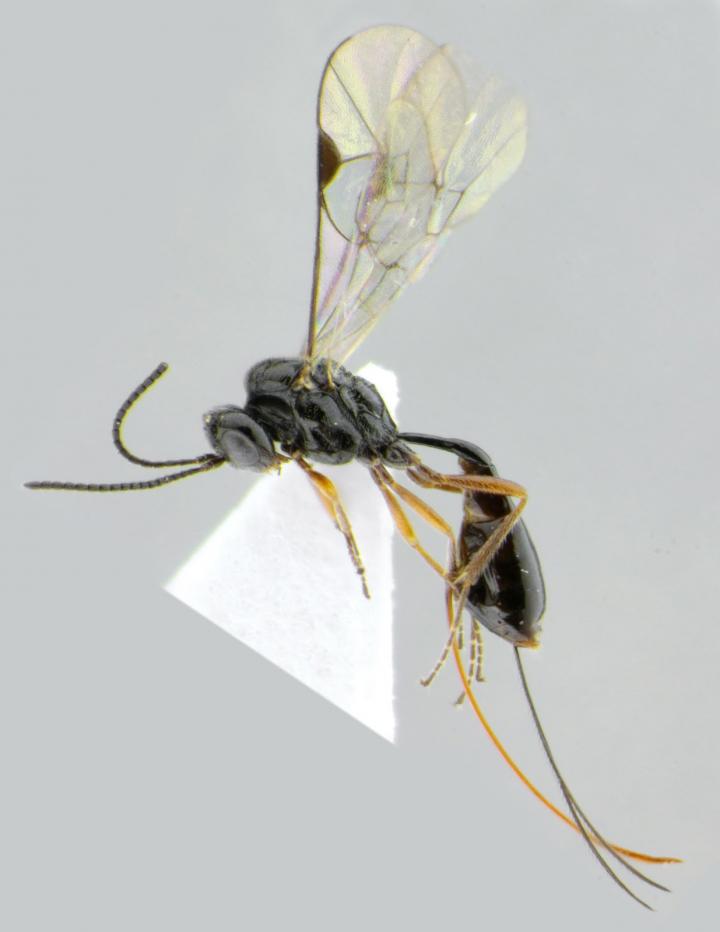
Credit: Andrey I. Khalaim
Scientists at the Autonomous University of Tamaulipas (UAT) in Mexico recently discovered five new species of parasitoid wasps in Mexico, but the name of one of them sounds a bit weird: covida. Why this name?
In fact, the reason is quite simple. The thing is that the team of Andrey Khalaim (also a researcher at the Zoological Institute of Russian Academy of Sciences in Saint Petersburg, Russia) and Enrique Ruíz Cancino discovered the new to science species during the 2020 global quarantine period, imposed due to the COVID-19 pandemic. Their findings are described in a newly published research article, in the peer-reviewed, open-access scientific journal ZooKeys.
“We thought that it was a good idea to remember this extraordinary year through the name of one remarkable species of Darwin wasp found in seven Mexican States (including Tamaulipas, where the UAT campus is located) and also Guatemala,” explain the scientists.
The new species, which goes by the official scientific name Stethantyx covida, belongs to the Darwin wasp family Ichneumonidae, one of the most species-rich insect families, which comprises more than 25,000 species worldwide.
“Darwin wasps are abundant and well-known almost everywhere in the world because of their beauty, gracility, and because they are used in biological control of insect pests in orchards and forests. Many Darwin wasp species attack the larvae or pupae of butterflies and moths. Yet, some species are particularly interesting, as their larvae feed on spider eggs and others, even more bizarre, develop on living spiders!” further explain the authors of the new study.
Stethantyx covida is a small wasp that measures merely 3.5 mm in length. It is predominantly dark in colour, whereas parts of its body and legs are yellow or brown. It is highly polished and shining, and the ovipositor of the female is very long and slender.
Along with Stethantyx covida, the authors also described four other Mexican species of Darwin wasps from three different genera (Stethantyx, Meggoleus, Phradis), all belonging to the subfamily Tersilochinae. Some tersilochines are common on flowers in springtime. While the majority of them are parasitoids of larvae of various beetles, some Mexican species attack sawflies, inhabiting the forests.
###
Original source:
Khalaim AI, Ruíz-Cancino E (2020) Contribution to the taxonomy of Mexican Tersilochinae (Hymenoptera, Ichneumonidae), with descriptions of five new species. ZooKeys 974: 1-21. https:/
Media Contact
Andrey I. Khalaim
[email protected]
Related Journal Article
http://dx.




